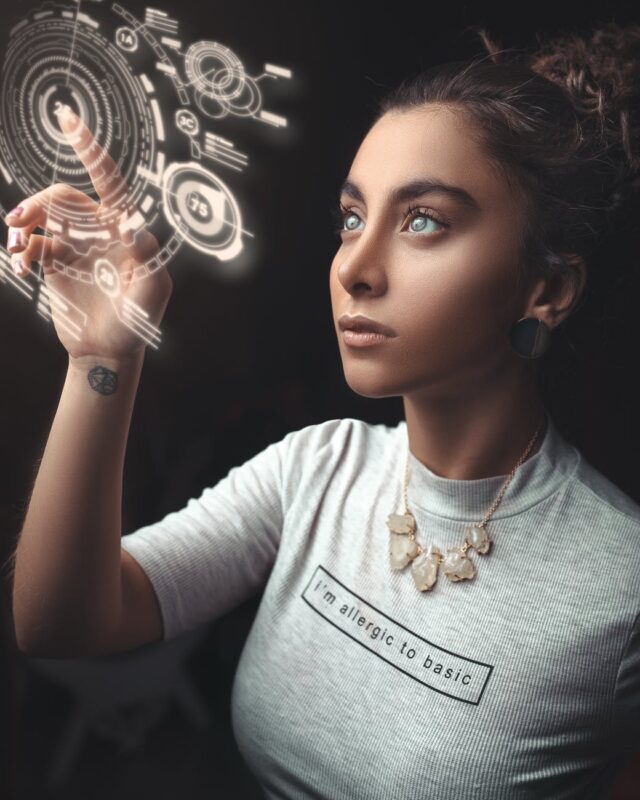
The two important types of age related macular degeneration are wet AMD and dry AMD. The forms can attack any one or both of the eyes. A patient diagnosed for dry AMD can later develop wet AMD.
Wet AMD: This type of age-related macular degeneration is caused by the abnormal growth of blood vessels behind the retina. This happens when the membrane underlying the retina breaks and disrupts the oxygen supply to the macula. The new blood vessels, which are very delicate, grow under the macula and often rupture easily leaking fluids and blood. This leaking alters the position of macula and causes scarring. Wet AMD occurs suddenly resulting in the loss of central vision.
Distorted vision and straight line appearing wavy are the initial symptoms of wet AMD. This is the most severe form of AMD and immediate professional advice should be taken.
Of all age-related macular degeneration cases, only 10% is due to wet AMD but it causes the maximum damage and can lead to blindness. If detected early, laser treatment can be effective in stopping the leak of the blood vessels causing wet AMD.
Dry AMD: Macula is made of light-sensitive cells and the breaking down of these cells leads to dry AMD. This type of age-related macular degeneration appears slowly and leads to the blurring of central vision. Of the two types, dry AMD occurs most commonly and is also known as atrophic AMD as it is caused by the death of the cells in macula.
Symptoms include slightly blurred vision, unable to recognize faces, unable to do simple tasks such as reading in normal light and require more light. An early sign of dry AMD is the yellow deposits, known as drusen, under the retina which can only be recognized by an ophthalmologist during an eye exam. Increase in size and number of drusen worsens dry AMD. Thinning of the macula is another symptom.
In the initial stages, dry AMD will go unrecognized as it can only be found by a detailed examination. Most people realize dry AMD during a later stage, when they need more light to do simple day-to-day activities like reading. A blurred spot in the center of vision is also seen by some people. It is wise to take professional advice during this stage.
In the advanced stage their will be a total breakup in vision with only peripheral vision seen clearly. This is mainly due to the increase in the size and number of drusen. Patients also lose color perception and recognizing faces becomes difficult in this stage. One of the major problems with dry AMD is that it impairs a single eye and since the other eye functions smoothly the problem goes unnoticed. Most people recognize the problem only when both of the eyes are affected.
Taking an active role in eye protection is very much necessary. While having an appointment with an ophthalmologist, clear all your doubts. The amount of literature available on eye diseases is huge and most of them can be downloaded from the Internet. Talk to your friends and relatives about your condition, they might offer helpful tips.